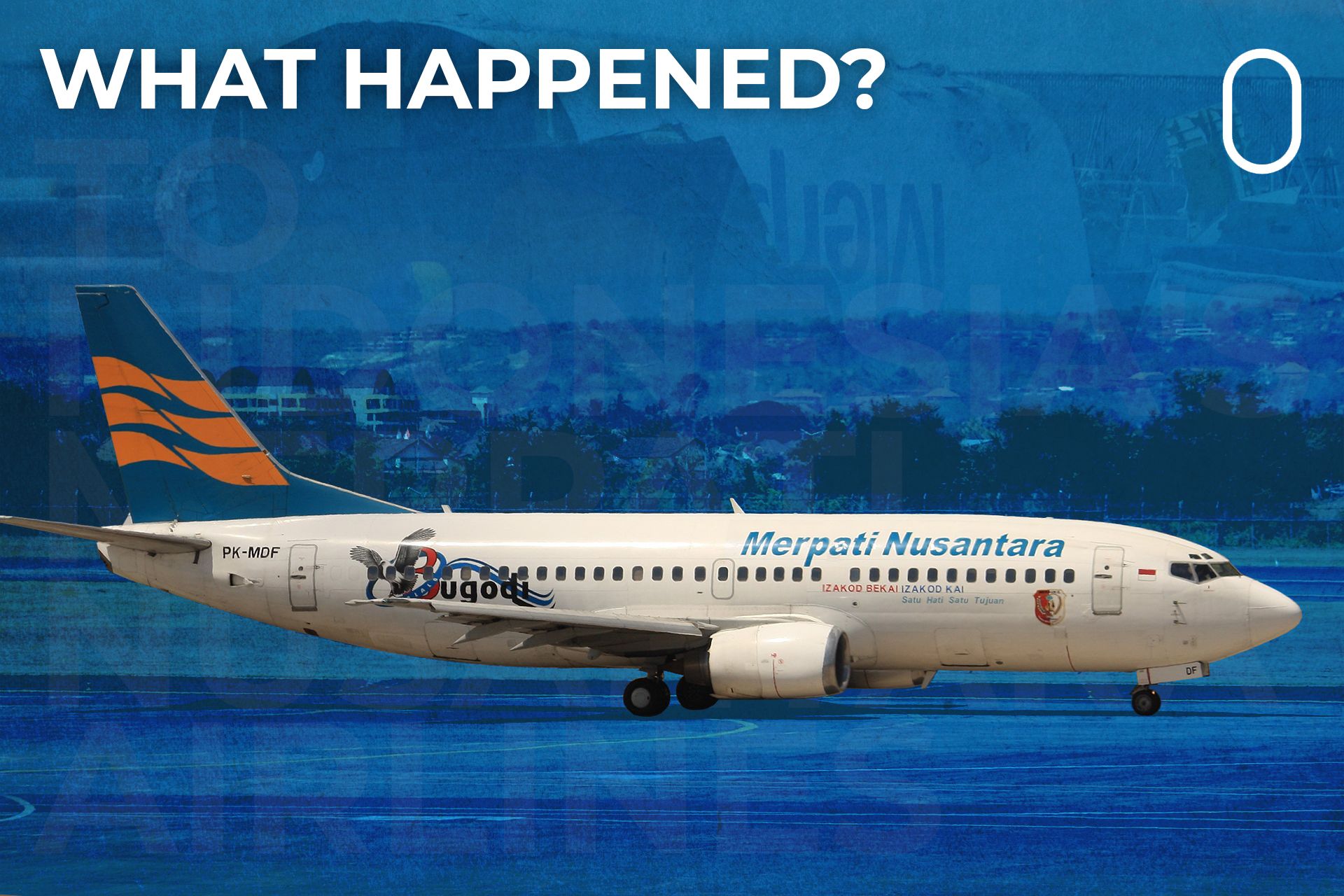Former Indonesian carrier Merpati Nusantara Airlines came into existence some six decades ago, and, over the years, cultivated an extensive network of domestic and international destinations. However, despite its long history, the airline was plagued by a poor safety record and, in its later years, terminal financial difficulties.
In the beginning
Merpati Nusantara Airlines was founded in September 1962, commencing operations that month. It initially used aircraft from the Indonesian Air Force, with the De Havilland Canada DHC-3 ‘Otter’ and the Douglas DC-3 being among the models flown. The military also provided pilots, alongside carriers like Garuda Indonesia.
The reason for this extensive external support was the fact that the government wanted the carrier to succeed in increasing connectivity between the country’s more remote regions. It hoped that, as a by-product, the economies of these areas would grow as a result. The government owned more than 93% of the airline.
Merpati Nusantara Airlines was initially a small affair, with its staff consisting of just 17 people. However, this number quickly grew, as did the quantity of aircraft in its fleet. For example, it began adding other De Havilland Canada designs, such as the DHC-2 ‘Beaver’ and the DHC-6 ‘Twin Otter.’ This allowed the airline, whose staffing levels soon hit three figures, to further grow its network.
Stay informed: Sign up for our daily and weekly aviation news digests.
Diverse operations
While Merpati Nusantara Airlines was primarily a domestically focussed carrier, its network eventually expanded beyond the Indonesian borders. This saw it serve other Asian countries such as East Timor, Malaysia, the Philippines, and Singapore. Further afield, it even flew to Australia, with four of the country’s airports (Darwin, Canberra, Perth, and Sydney) seeing service from the carrier.
Of course, the airline couldn’t sustain international operations on this scale with the regional aircraft discussed thus far. This resulted in significant growth and diversification when it came to Merpati Nusantara Airlines’ fleet. Indeed, a quick look at data from ATDB.aero shows that it flew more than 200 aircraft over the years, with these planes coming from a wide variety of international manufacturers.
As seen above, it flew ten Vickers Vanguards, with eight examples of the company’s Viscount turboprop also present. Other UK-built turboprops in Merpati Nusantara Airlines’ historic fleet also included the BAe ATP and the Hawker Siddeley HS 748. The carrier also joined the jet age, with Airbus’s A300 and A310 and Boeing’s 707 and 737 variants being just a few of the various jetliners it flew.
The airline had a poor safety record, suffering five incidents between 2009 and 2013 alone. Photo: Getty Images
The airline industry is always full of new developments! What aviation news will you check out next?
Recent history
The carrier had rather mixed fortunes in its final decade or so. For example, despite announcing ambitious fleet expansion plans in June 2011, it encountered financial difficulties just a month later. This resulted in a $60.7 million injection from the state budget in order to help keep the airline afloat. However, its economic problems continued, with staff not being paid for three months in 2014.
This led to mass resignations, ultimately prompting Merpati Nusantara Airlines to suspend operations. Following this, various attempts were made to restart the stricken carrier, which even resulted in the signing of a letter of intent for 10 Russian Irkut MC-21 twinjets. However, according to Indonesian news site Kompas, bankruptcy was officially declared in June 2022, bringing its story to an end.
What do you make of Merpati Nusantara Airlines’ diverse but turbulent history? Did you ever fly with the carrier? Let us know your thoughts and experiences in the comments!
Source: Kompas
